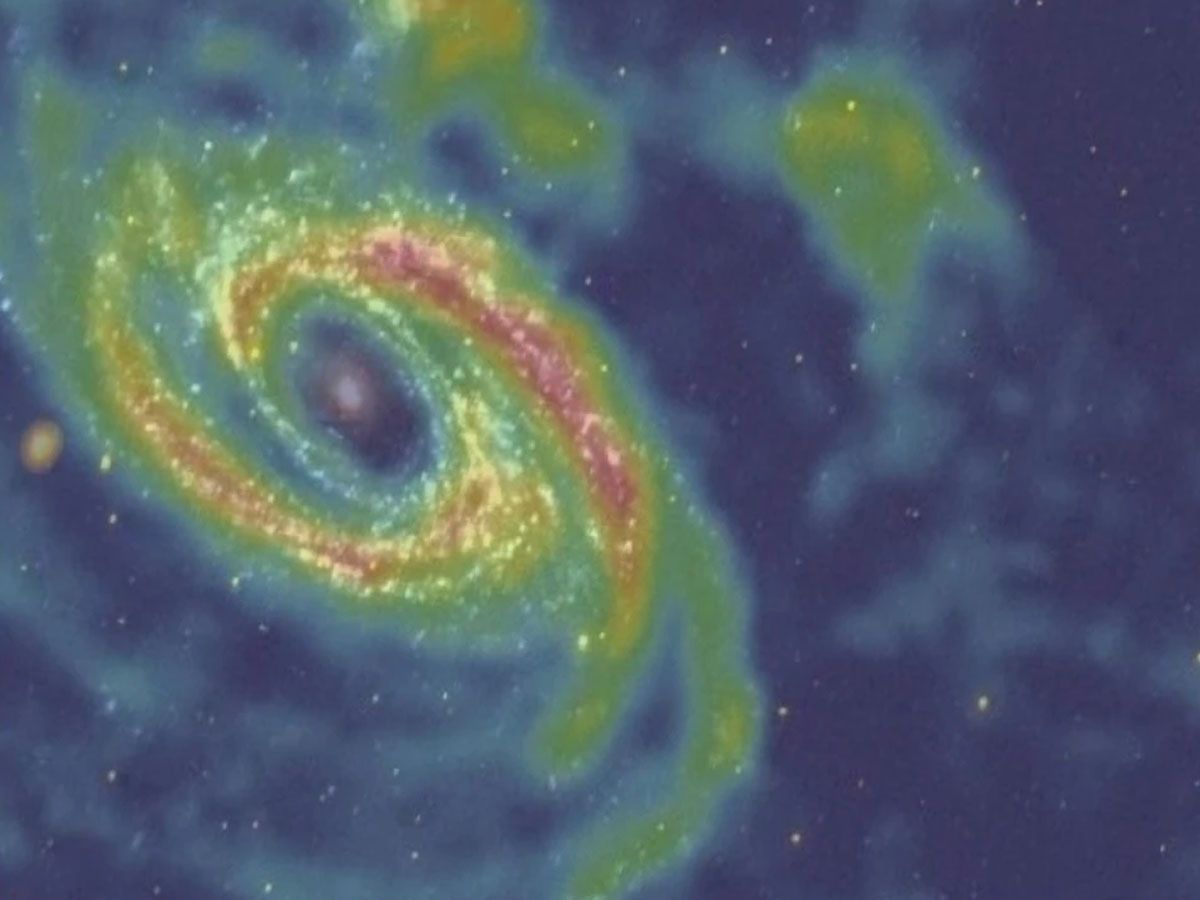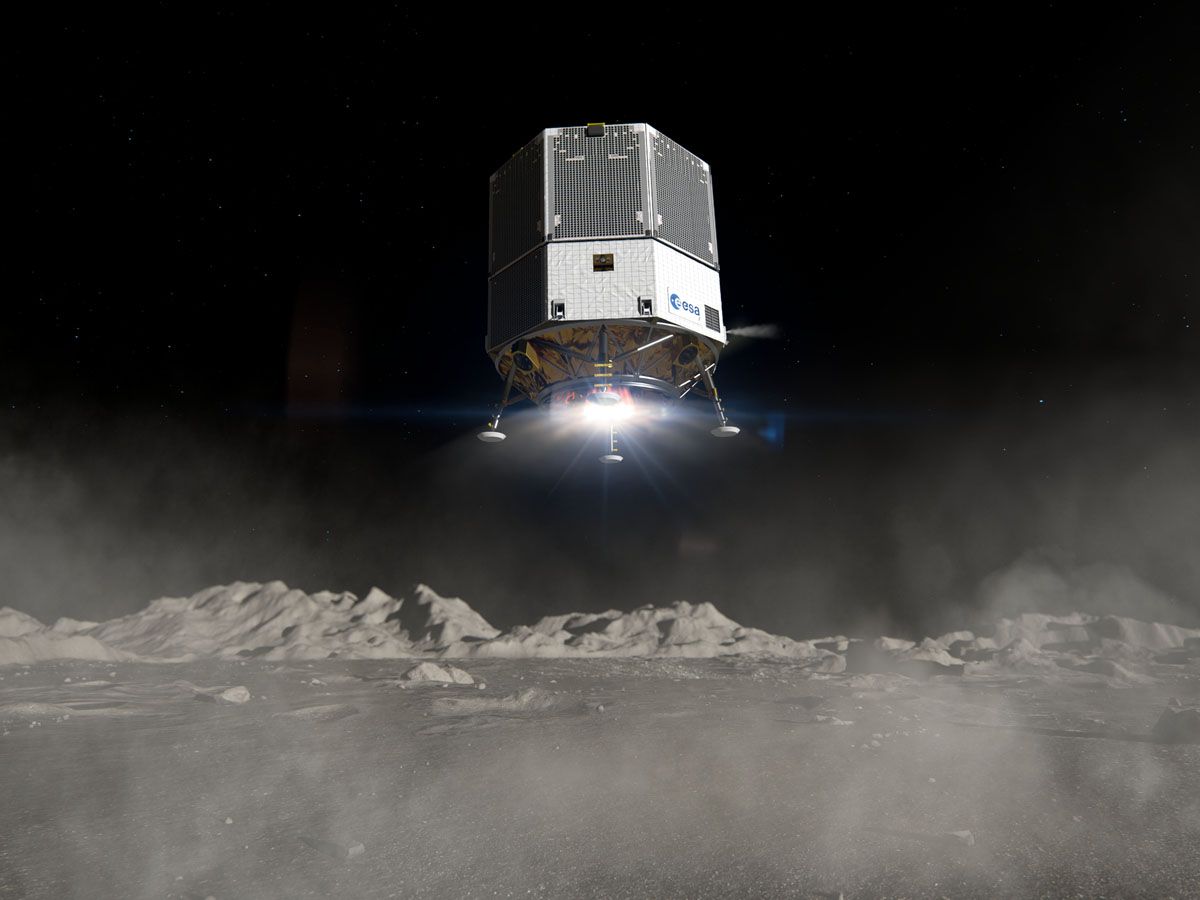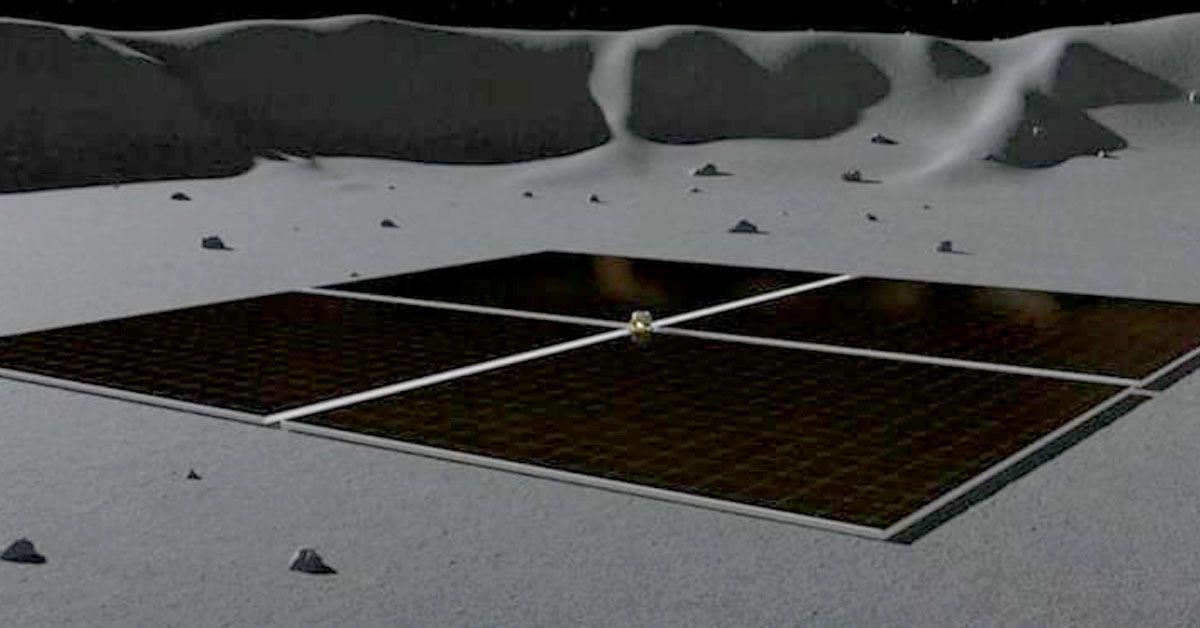European scientists are on the brink of a groundbreaking endeavor that could unlock the secrets of the universe's Dark Ages. With the aim of peering into the cosmic dawn following the Big Bang, these scientists are developing an inflatable radio array to be stationed on the moon's surface
This ambitious concept, presented by Dutch astronomer Marc Klein Wolt at the prestigious Astronomy from the Moon conference in London, has sparked immense interest among experts in the field.
As engineers at the European Space Agency (ESA) undertake a feasibility study, one question arises: Can an inflatable radio array on the moon's far side reveal the hidden mysteries of our universe?
Unveiling the Secrets of the Dark Ages
In the quest to understand the origins of our universe, scientists are determined to uncover the secrets of the Dark Ages.
This pivotal period, which followed the explosive birth of the cosmos during the Big Bang, holds valuable clues about the early evolution of galaxies and the formation of structures we see today.
To delve into this mysterious era, researchers are focusing on detecting signals from the early universe.

One key target for investigation is the 21-centimeter emission line produced by atomic hydrogen. This spectral line, emitted when the electron in a hydrogen atom flips its spin, offers a unique window into the past.
However, these signals are stretched and transformed into long radio waves due to the redshift effect caused by the expansion of the universe.
By analyzing these elongated waves, scientists hope to unlock crucial information about the Dark Ages and the first few hundred million years of our universe's existence.
Exploring the Moon's Far Side: An Ideal Location for Radio Telescope
When it comes to unraveling the mysteries of the universe, location plays a crucial role. And in the quest to understand the Dark Ages, the moon's far side emerges as a prime spot for astronomical observations.
One key advantage lies in the lack of Earth-generated radio noise that constantly bombards our planet.
Unlike here on Earth, where radio signals from various sources can interfere with delicate astronomical measurements, the moon's far side offers a serene environment, free from this disruptive interference.
But it's not just the absence of Earth-generated radio noise that makes the moon's far side a coveted location for a radio telescope. Another advantage stems from the fact that there is no atmosphere on the moon.
Why does this matter? Well, Earth's atmosphere can create significant obstacles for astronomers, distorting and blocking certain wavelengths of light.
By contrast, the moon's airless expanse provides an unimpeded view of the cosmos. Without atmospheric interference, researchers can capture clearer and more precise signals from celestial objects, allowing for deeper insights into the universe's enigmatic Dark Ages.
The Inflatable Radio Array: A Technological Innovation
While the significance of a lunar telescope for studying the Dark Ages is undeniable, it comes with its own set of challenges. Developing the technology and techniques required to transport multiple radio antennas to the moon remains a hurdle yet to be overcome.
Scientists are exploring an innovative solution to address this hurdle: an inflatable radio array. This cutting-edge concept involves printing radio antennas on a superlight material called Kapton and transporting them to the moon in a folded state.

The European Large Logistics Lander (Argonaut), has the potential to deliver a substantial array of radio antennas in a single launch.
Once on the lunar surface, the array can be inflated using gas, akin to an inflatable mattress. This inflatable design not only provides a solution for efficient transport but also enables the inclusion of a larger number of antennas with reduced mass.
Antenna Prototypes and Lunar Surface Testing
Before the full-scale implementation of the inflatable radio array, researchers are diligently working on developing antenna prototypes for testing on the lunar surface.
This crucial step allows scientists to assess the antennas' performance in the unique lunar environment and investigate any potential effects that may impact their functionality.
Additionally, scientists are exploring various options for testing, including nearside missions. These missions, closer to the lunar nearside, provide an opportunity to gather valuable data and refine the technology before committing to the far side of the moon.
The Road Ahead & Other Lunar Missions
China, known for its ambitious space program, has plans to launch a mini-constellation of satellites orbiting the moon's equator specifically designed for radio measurements.
This constellation, strategically positioned around the moon, could provide valuable complementary data and further enrich our understanding of the early universe.
Meanwhile, NASA is leading the way with the LuSEE-Night pathfinder mission, slated for 2025. This pioneering endeavor aims to make crude measurements of the Dark Ages signal from the lunar surface.

While not as comprehensive as the proposed European inflatable radio telescope, the LuSEE-Night mission will contribute valuable insights and serve as a precursor to more extensive investigations.
The road ahead is filled with exciting possibilities and challenges as scientists and space agencies strive to explore the moon's far side and unravel the mysteries of the Dark Ages.
With China's mini-constellation of satellites, NASA's LuSEE-Night pathfinder mission, and the anticipated launch of the European inflatable radio telescope, we are on the brink of a new era in our understanding of the universe's earliest moments.
Sources: The Royal Society












